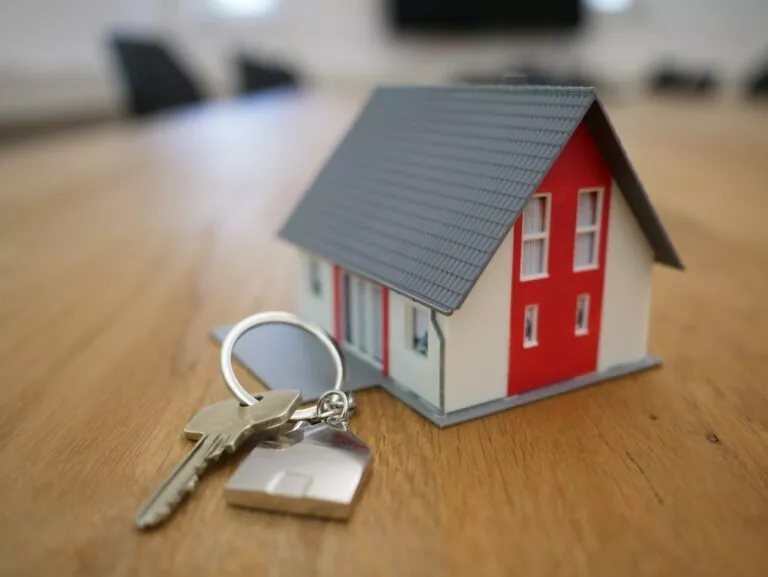
What are 5 Common Structural Problems?
Here we look at five of the most common structural problems faced by homeowners and see how Structural Repairs’ services can help rectify them and restore your peace of mind.
Subsidence
Subsidence is when a building’s foundation sinks or downward settles, resulting in a detrimental effect on a property’s stability.
The main signs your home has subsidence are a sideways sloping of the property and cracks in the brickwork, walls, ceilings, floors, doors, window frames and joints.
If you suspect you have subsidence you need a professional to assess the situation and determine a course of action. We offer crack stitching and underpinning services to remedy subsidence and restabilise your property.
Lintel Failure
Lintel failure happens when the lintel – the structural beam over a doorway or window – becomes cracked or damaged. Failure in lintels needs to be addressed as the beam provides support for the masonry above it.
Vertical cracks that form a ‘stepped’ or diagonal pattern in the top corners of doors or windows, or bulging masonry above them are signs your lintel needs attention.
Our specialists will assess the extent of the lintel damage and identify its cause. Depending on the lintel’s construction material and the severity of the failure, we’ll suggest either repairing or replacing it.
Rotten Timber
Timber is susceptible to infestation by beetles and woodworm and can naturally decay over time if not correctly maintained.
If you have warped, rotten or infected timber on your property, it’s time to consider a timber repair service.
We provide a timber resin repair service which, unlike traditional timber repair, doesn’t alter the appearance of undamaged wood or the surrounding plaster and brickwork.
Damp
Damp is the presence of water, moisture and/or condensation in a property. Damp in the home can manifest as mildew or mould on walls and ceilings, and as excess water on surfaces such as tiles and windows.
Eliminating the water source is a priority. This can then be followed with damp proofing treatment and our restoration services.
Wall Tie Failure
Wall ties connect internal and external cavity walls. Corrosion or poor construction can lead to wall tie failure, resulting in a lack of structural stability.
Regularly spaced horizontal masonry cracks, bowing or bulging brickwork, lifting or sagging lintels or the separation of window reveals are the biggest indicators of wall tie failure.
Our wall tie replacement service uses a metal detector to identify the existing wall ties after which we strategically place new ties to supplement the existing ones.
If you have concerns about any of the common structural problems above, get in touch with us today and one of our friendly and knowledgeable team will be happy to advise you.